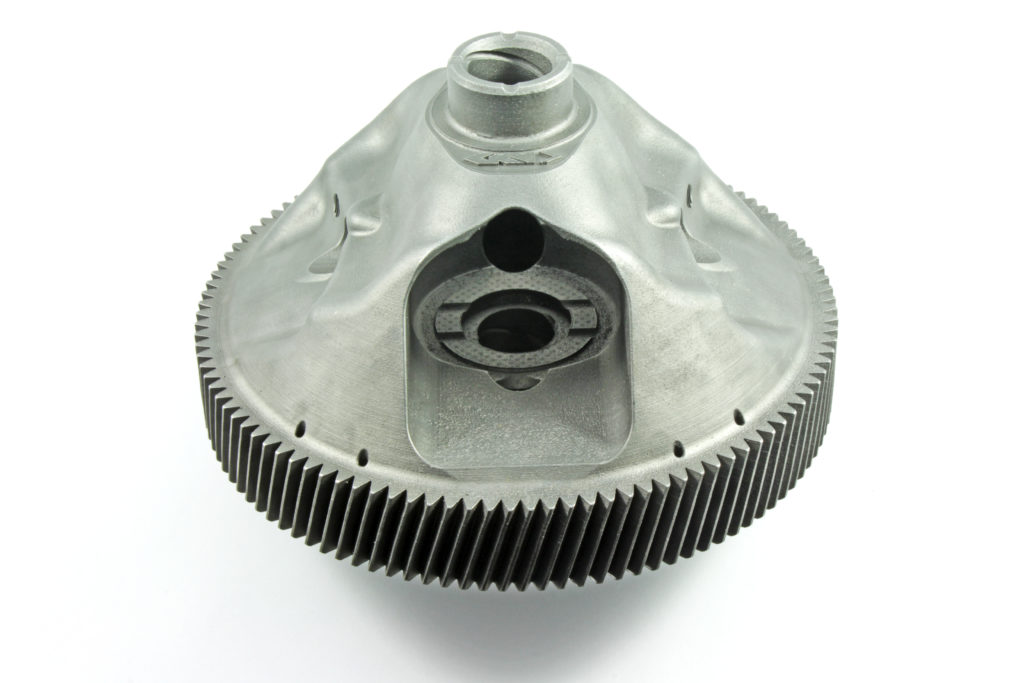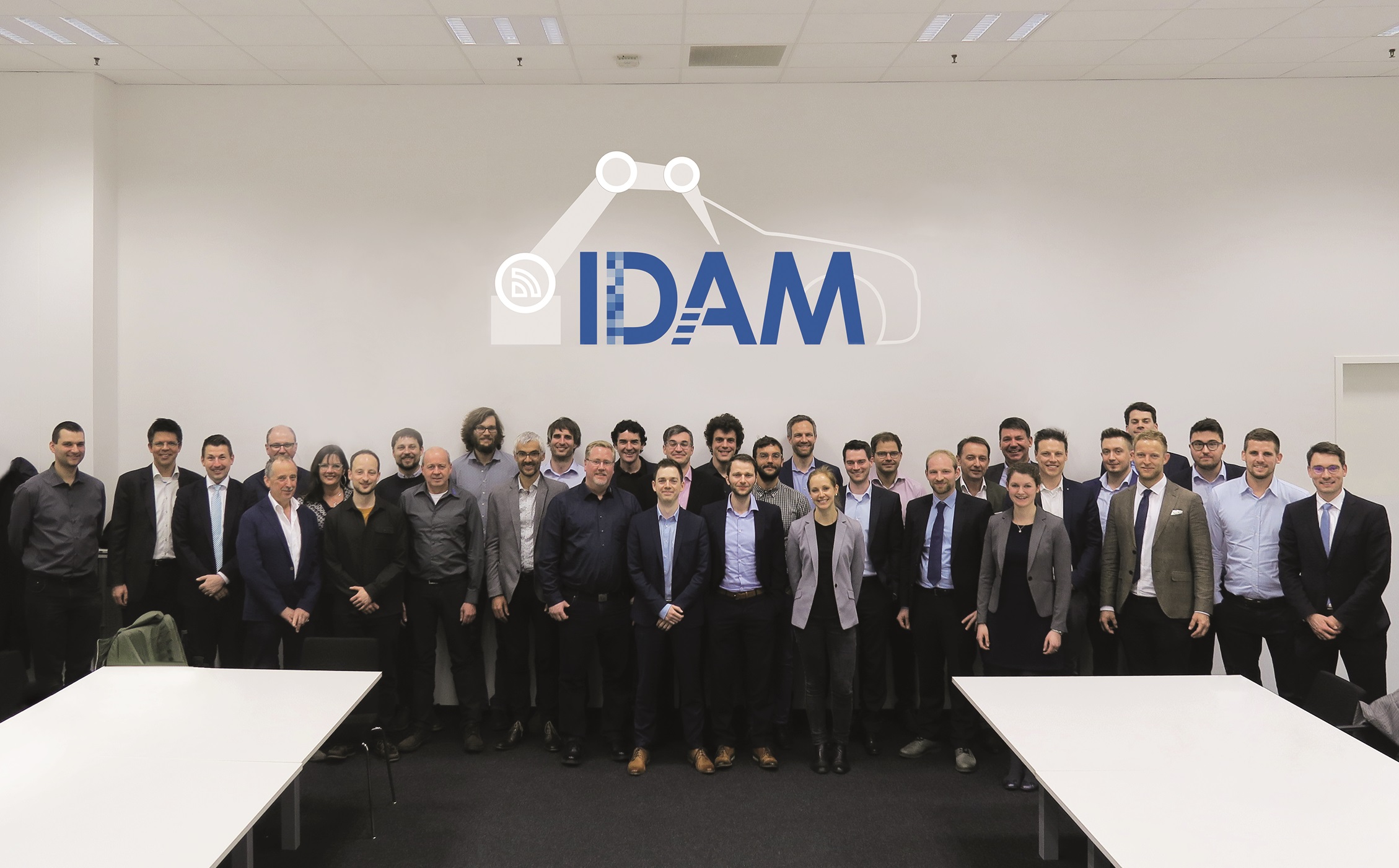On March 27th, 2019, twelve project partners officially launched IDAM, a project that aims to promote the “Industrialization and Digitization of Additive Manufacturing (AM) for Automotive Series Processes”.
The project partners that include SMEs, large companies and research institutions, will work together to strengthen Germany’s role in the manufacturing technology. Simply put, metal 3D Printing will be integrated into the conventional production lines of the automotive industry and the IDAM will enable them to replace cost and time-consuming processes, such as the production of molds, and to meet the desire for product customization at no extra cost.
Main goals of the project
Achieving such type of mission requires to set up mid-goals that the various teams will achieve. As part of this project, two main goals are defined: the production of 50 000 serial parts using AM and a modular setup of production lines.

To enable an appropriate realization of these goals, the BMW Group’s Additive Manufacturing Center in Munich and automotive supplier GKN Powder Metallurgy’s factory will serve as the main working locations.
In these plants, AM technology will be qualified to produce both identical parts and spare parts on the basis of specific components. If everything works well, the team will be able to produce at least 50,000 components per year in mass production and over 10,000 individual and spare parts – at the highest quality and under extreme cost pressure – with the AM production lines.
As far as production lines are concerned, it should be noted that the team will work with two almost automated AM production lines, installed in the two factories. However, the best part of it is that they will be customized to achieve different production requirements.
According to a press release from Fraunhofer, “by taking an integrated view of the automotive production line into account, the project partners plan on reducing the manual share of activities along the process chain from currently around 35 percent to less than 5 percent. In addition, the unit costs of 3D-printed metal components should be more than halved.”
Such type of collaboration enables collaborating companies to tackle several issues of the entire process, from digital to physical component manufacturing all the way to post-processing. Germany has already a leading position in the technological industry and with such initiative, the country is well positioned to keep this place.
For further information, follow us on our social media and subscribe to our newsletter! Would you like to be featured in the next issue of our digital magazine? Or subscribe to 3D Adept Mag? Send us an email at contact@3dadept.com






